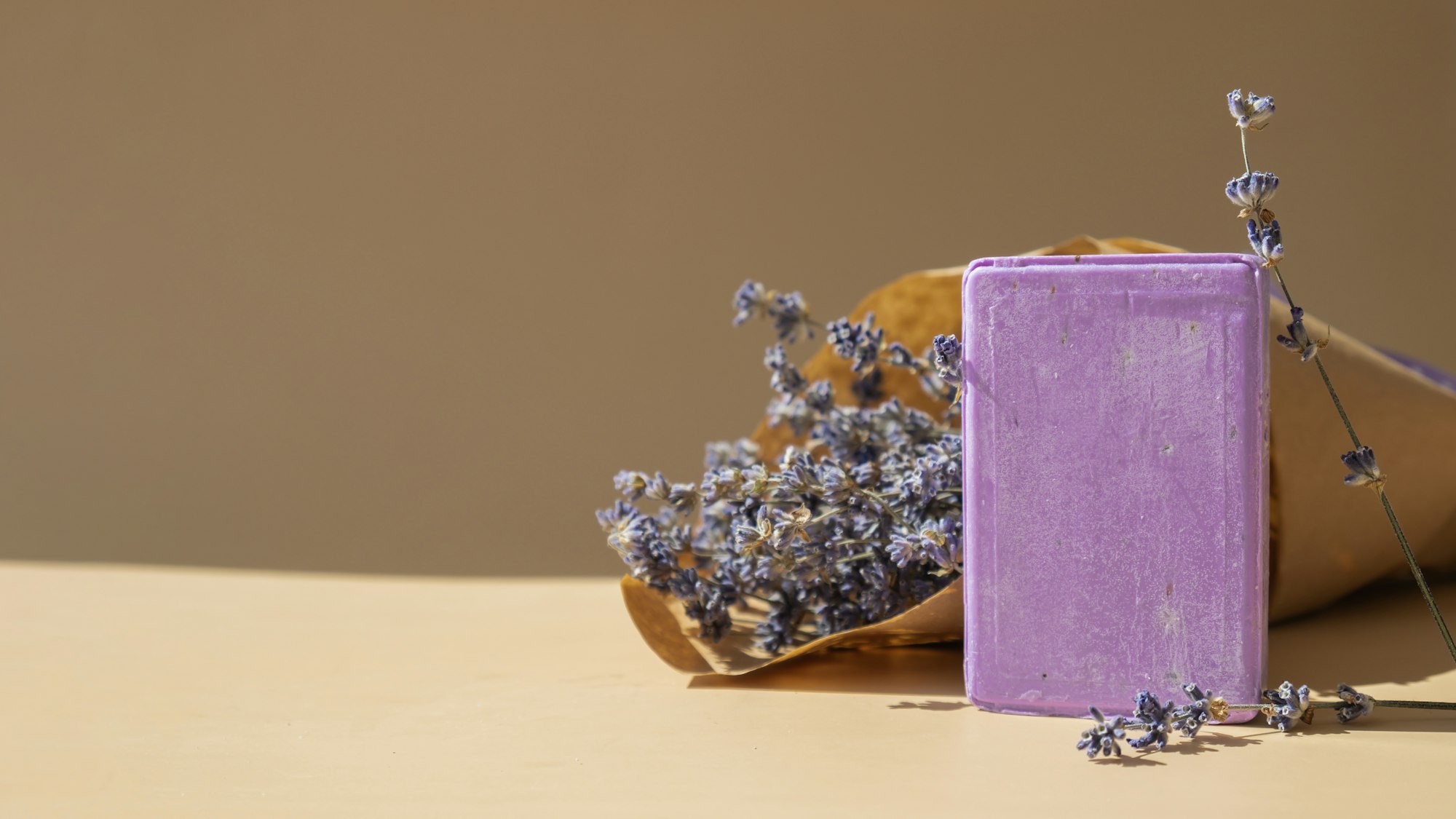Understanding Hydrating Serums and SPF Moisturizers
Achieving radiant skin requires effective skin care solutions, and two key components often discussed are hydrating serums and SPF moisturizers.
Hydrating serums are lightweight formulations designed to penetrate deeper into the skin, delivering moisture and essential nutrients. They are typically water-based and contain active ingredients like hyaluronic acid, which can hold up to 1000 times its weight in water, ensuring that the skin remains plump and hydrated. This trait makes hydrating serums ideal for anyone looking to improve their skin’s moisture levels and achieve a more youthful appearance.
Topic to read : Discover your ideal red lipstick: a comprehensive guide to choosing the best shades for your skin tone
On the other hand, SPF moisturizers serve a dual purpose by hydrating the skin while providing protection against harmful UV rays. Incorporating SPF into daily skincare is vital, as it helps prevent premature aging and reduces the risk of skin cancer. These products combine the benefits of a moisturizer with sun protection, making them convenient for morning routines.
While hydrating serums focus purely on moisture and nourishment, SPF moisturizers prioritize protection alongside hydration. Choosing between them depends on individual skin needs and lifestyle. For those seeking intense hydration, hydrating serums may be more beneficial, whereas SPF moisturizers are essential for daytime use to shield the skin from sun damage.
Also read : Discover the keys to perfect hydration: a comprehensive guide to effective skincare product layering!
The Science Behind Layering Products
When it comes to skincare, understanding layering techniques is crucial for enhancing skin absorption. The skin acts as a barrier, selectively absorbing ingredients based on their molecular size and the vehicle delivering them. Applying multiple products requires a strategic approach to facilitate effective absorption.
Begin with lightweight products like serums, which have smaller molecules and penetrate the skin more easily. Layering techniques dictate that these are followed by heavier formulas, such as creams or oils, that help seal in moisture and provide a protective barrier. Applying products in the correct sequence can improve absorption, allowing each layer to work effectively without interference.
Understanding product interactions is equally vital. Certain ingredients, when combined, can either potentiate each other’s effects or neutralize them. For instance, using products containing vitamin C and niacinamide together can reduce their efficacy due to balancing pH levels.
Moreover, product compatibility is essential to prevent skin irritation or decreased performance. Ingredients like retinol and alpha-hydroxy acids can be beneficial individually but may cause sensitivity when layered improperly.
Common layering techniques involve applying products from thinnest to thickest consistency. This approach not only maximizes absorption but ensures that each product reaches its intended depth within the skin, optimizing results.
Ideal Products for Layering
Mastering a skincare routine requires an understanding of the best SPF moisturizers and recommended hydrating serums. These products are pivotal in achieving a comprehensive and effective regimen.
Top Hydrating Serums to Consider
Selecting the ideal hydrating serum is crucial. Look for key ingredients such as hyaluronic acid, known for its moisture-retaining properties, and glycerin, which acts as a humectant. Popular brands like The Ordinary have standout products with a focus on affordability and efficacy. Differentiating serums for various skin types means recognizing that oily skin may benefit from lightweight, water-based serums, while dry skin might require richer formulations that deliver intense hydration. Understanding these differences ensures that everyone can find a product that caters to their specific needs.
Recommended SPF Moisturizers
When choosing SPF moisturizers, consider factors like skin sensitivity and SPF level. Brands like La Roche-Posay and Neutrogena offer best-selling products praised for their lightweight texture and broad-spectrum protection. Additionally, evaluate environmental considerations, as chemical sunscreens often provide more flexibility, whereas physical sunscreens can be more suitable for those with sensitive skin or eco-conscious consumers. Balancing protection and skin health helps in maintaining vibrant skin under the sun.
Application Techniques for Optimal Results
Achieving optimal skincare results largely depends on the application techniques used. Following a proper skincare routine will ensure that your products perform to their fullest potential.
Let’s explore a step-by-step application process. Start by applying serums before SPF. This ensures that your skin absorbs the active ingredients effectively. Always begin with the thinnest consistency, typically serums, and then layer on thicker products like moisturizers. This layering order maximizes absorption.
The timing between layers is crucial. Allow each product to fully absorb before applying the next. This might require a wait time of a few minutes. By doing so, you’re ensuring that each layer penetrates properly without interference from subsequent applications.
For an even application, consider using a technique such as patting rather than rubbing. Tips for improving absorption include warming the product slightly in your hands before applying. Additionally, apply products to a slightly damp face to enhance absorption—damp skin acts like a sponge, readily accepting active ingredients.
Lastly, do not forget areas like the neck and ears, often overlooked in a skincare routine. These regions need attention to ensure comprehensive coverage and protection, particularly when applying SPF.
Skin Types and Concerns
Choosing the right skincare routine can be complex, especially when dealing with sensitive skin, oily skin, or combination skin. Adapting serums and SPF products to suit your specific skin type is crucial. For those with sensitive skin, selecting fragrance-free and hypoallergenic products minimizes irritation. Meanwhile, oily skin benefits from lightweight, non-comedogenic formulations to avoid clogged pores.
Switching focus to combination skin, this requires a more nuanced approach: adopting different products for varying facial areas. For instance, using a mattifying serum on the T-zone while a hydrating SPF covers the drier areas. It’s essential to adjust skincare routines according to the seasons or ongoing skin conditions. Winter may demand richer moisturizers, contrasting with lighter formulas in summer, reflecting your skin’s evolving needs.
Common skin concerns often require targeted solutions. For sensitive skin, calming ingredients like chamomile and niacinamide are beneficial. Those with oily skin can look for products containing salicylic acid to manage excess sebum. Understanding your skin’s unique requirements helps in choosing the right combination of serums and SPF, facilitating a radiant and healthy complexion year-round. Adapting products seasonally can also maintain skin balance, promoting longstanding improvements.
Maintaining Radiant Skin Long-term
Achieving long-term skin health requires more than a single succulent serum or magical cream. It’s about committing to daily routines that nurture and protect the skin. Establishing a sustainable skincare routine involves the art of layering. This means beginning with light, hydrating products and progressively introducing richer textures for optimal absorption and effect.
Consistency in skincare maintenance is key; however, it’s equally crucial to regularly evaluate and adjust the products used. Skin can change due to various factors like age, climate, and stress, making periodic reviews necessary. Doing so ensures that the skincare routine remains aligned with the skin’s needs, thereby maintaining its health and vibrancy.
Lifestyle choices play a significant role as well. Factors such as diet, hydration, and sun exposure are intrinsically linked to skin health. Consuming a balanced diet rich in antioxidants, keeping hydrated, and protecting the skin from harmful UV rays are essential practices.
Building a regimen that seamlessly incorporates skincare maintenance and good lifestyle habits empowers individuals to keep their skin radiant over time. Continual learning and adapting to the skin’s evolving requirements form the cornerstone of effective long-term skincare strategies.











